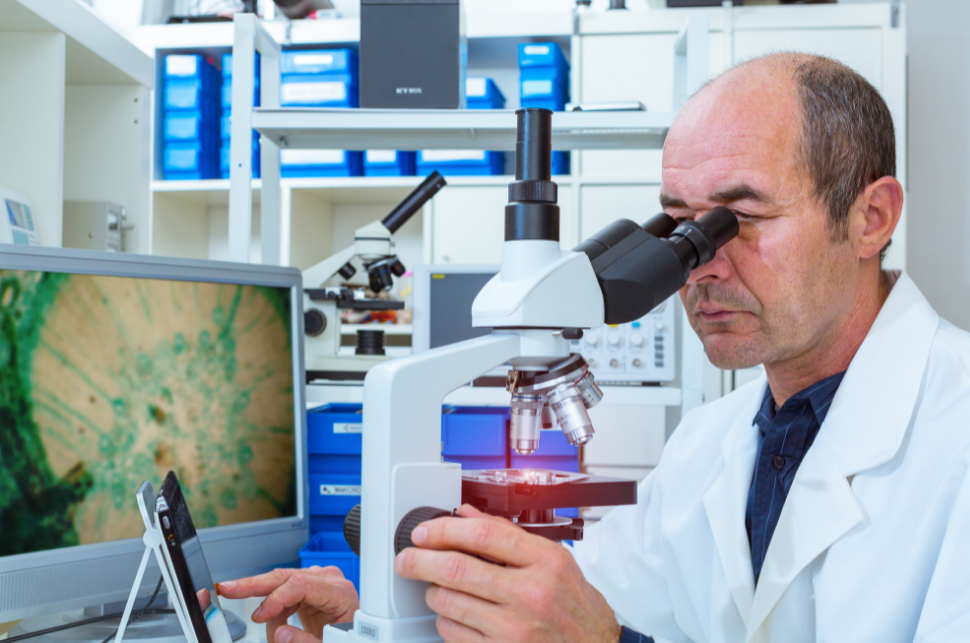Health
How to Become a Pathologist: The Ultimate Guide You Can Follow Today

America is a nation of doctors. More than 725,000 Americans work as physicians and surgeons.
These doctors come from all different walks of life. But they share one thing in common: they rely on pathologists. If you want to make a real difference in medicine, you should learn how to become a pathologist.
But what exactly is a pathologist? How should someone who wants to become one get educated? What kinds of pathologists are there?
Answer these questions and you can take the first step toward becoming a pathologist. Here is your quick guide.
What Is a Pathologist?
Many people wonder, “What is pathology?” Pathology is the branch of medicine that focuses on the causes and effects of illnesses.
A pathologist takes their knowledge of illnesses to make diagnoses of patients. They may recommend treatment plans and then ask other doctors to administer those treatments. They often work in hospitals, treating patients as they come in.
But they do not act as a primary physician. Some pathologists spend little time interacting directly with patients. They may be sent results from lab tests and asked to give their opinion on what they signify.
Go to College
All pathology jobs require four-year degrees. Nearly all medical jobs are extremely competitive, especially at elite hospitals. You should go to the best college or university you can get into.
During your first two years of college, you should take as many medical sciences courses as possible. You should also take chemistry, physics, and biology courses.
Sign up for cell structure and virology courses during your junior year. This will give you a good base so you can study advanced biology during your senior year.
Few colleges offer a formal pathology major. You should get a pre-med or biology major with a minor in a related subject.
At the same time, you should not forget about your humanities requirements. Try to take classes in public speaking so you can communicate reasonably with others.
Attend a Medical School
To get into a medical school, you must take the Medical College Admission Test (MCAT). It is a multiple-choice exam that contains more than 200 questions about different aspects of medicine.
You will need several months to study for it. You should buy books to help you prepare, and you should consider signing up for a class. If you don’t do well the first time, you can retake the test until you get an ideal score.
Once you have the score you want, you can apply for medical school. Take some time to finalize choosing a career path in pathology. It is hard to transition to another line of work once you start becoming a pathologist.
You should pursue a Doctor of Medicine program. It takes at least four years, and it involves learning about many concepts in life science.
During the last two years, you can shadow doctors in hospitals. Try to get exposure to different areas of medicine, especially in diagnostics.
Receive a Pathology Certificate
You should apply for your medical license as soon as you graduate from medical school. Licensing requirements depend on which state you live in. Talk to your state board to determine what you need to do.
After you get your license, you can start a residency program. This gives you special training in pathology. You will work directly with pathologists to develop your skills and industry knowledge.
You must complete your residency in order to apply for a pathology certificate. You are not required to get a certificate. But it is easier to find a job if you have one.
You must pass two tests from the American Board of Pathology. You should spend a long time studying, but you can work some sort of job in medicine while doing so. Try to develop professional experience so you are more likely to get a job.
Figure Out a Concentration
You can be an all-around pathologist. Yet you can pick a concentration, which will help you hone your skills in a certain area. You also may be able to find more opportunities because many hospitals ask for doctors with special knowledge.
You have many concentrations to choose from. Anatomical pathology involves investigations of tissues and organs. Doctors conduct tests of tissues to trace the cause of a disease.
Clinical pathology looks at body fluids and cells. Doctors perform common tests like a complete blood count and a throat culture.
Forensic pathology determines the cause of death. Doctors examine corpses and perform autopsies. This concentration can be stressful, but many pathologists find it rewarding.
Pediatric pathology focuses on the diseases found in children. Doctors study how children grow through time, including inside the womb.
Start Finding a Job
Many pathologists receive job offers through connections. Try to befriend as many people as possible during college and medical school.
Write a good resume that details your qualifications. Use action verbs that will draw the reader’s attention to yourself and be specific about your skills.
Be willing to relocate in order to receive a job. Very few rural hospitals look for pathologists, meaning people in the countryside may have to move to the city for work.
How to Become a Pathologist
You can learn how to become a pathologist. Pathologists study the progression of diseases and then help diagnose patients.
Become a pre-med major at a four-year college. Then take the MCAT and go to medical school. Shadow doctors in hospitals and gain experience in different departments.
Get a pathology certificate so you can compete for high-ranking jobs. Consider pursuing a concentration in pathology. Apply for a job through connections and a detailed resume.
Becoming a pathologist is one way you can change people’s lives. Learn about inspiring career paths by following our coverage.




![[pii_email_4c910535350b5a41ee81] Error Code Resolved](https://wigily.com/wp-content/uploads/2020/09/pii_email_4c910535350b5a41ee81-Error-Code-Resolved.jpg)
